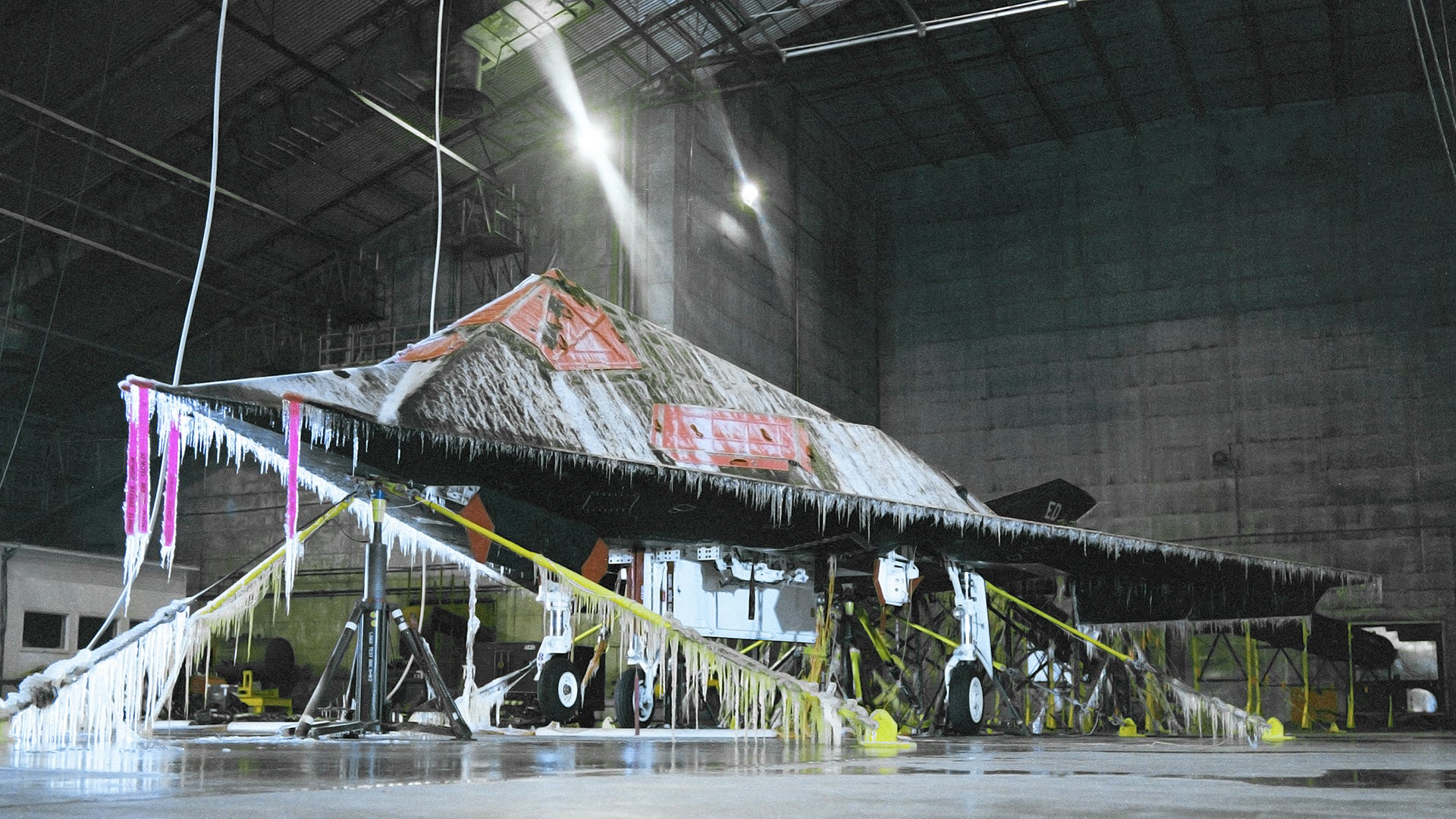The situation is still developing, but a massive explosion at the U.S. Air Force’s McKinley Climatic Laboratory at Eglin Air Force Base in Florida prompted officials to issue a shelter in place order and set up a safety cordon around the facility. The service says it is still assessing situation.
The incident occurred at approximately 10:00 AM, Eastern Standard Time and created a massive smoke cloud visible for miles around the base. The plume potentially contained the noxious chemical methyl chloride, according to authorities.
“If in that area on base turn off your HVAC system,” one Tweet from Eglin’s official account read. “It has not [been] determined smoke contain[ed] methyl chloride,” another social media post added at around 12:52 PM. “Incident did occur in close proximity of chemical.”
A common ingredient in consumer products in the past, use of the compound has largely declined in no small part because of its toxicity and flammability. Also known as chloromethane, it is colorless and has a mildly sweet odor. Inhaling it in its gaseous form can cause intoxicant-like effects, such as confusion and difficulty breathing, talking, and walking. Prolonged exposure can put you in a coma.
First-responders put a 1,000-foot cordon around the main laboratory building and advised everyone to avoid the smoke. By 1:11 PM, it had reportedly dissipated. There were “no significant injuries,” according to the Eglin Twitter account.
Ilka Cole, an Eglin spokeswoman, further told Military.com that it was not clear whether the methyl chloride was the cause or exacerbated the accident or how many people, if any, were working in or around the facility when it blew up. “We will provide updates as we receive them,” she said. “The cause is currently under investigation.”

We don’t know how much of the substance was present or why it was at the site at the time, either. It is possible that the chemical, also known as Refrigerant-40, was in use at the McKinley Lab for that purpose. The facility is where the U.S. military torture tests aircraft, weapons, and other equipment to see how they fare under brutally cold conditions, as well as other extreme climates.

While at Foxtrot Alpha in 2016, The War Zone’s Tyler Rogoway wrote a detailed profile of the facility, explaining:
Within its first 50 years, the McKinley Climate Lab – which is the largest insulated hangar in the world –had tested 300 different aircraft from the B-29 to the F-22, as well as 2,000 other pieces of equipment, munitions and vehicles. Next year the facility will celebrate its 70th year, and it is in as high demand as ever.
Foreign military customers have also tested their aircraft designs at the McKinley Climatic Lab, and so have some commercial and private aircraft companies. In the last decade, the 787 Dreamliner and the Airbus A350 have been put through climatic torture tests there.
The 55,000-square foot insulated main chamber has an array of cooling and heating components available including mechanical cooling towers, large heading arrays and a steam plant. All types of conditions can be tested, from deep freezing to blowing rain to high humidity conditions to dust storms.
Also, different aircraft operations can be performed there, like running the aircraft under extreme thermal loads to test environmental control systems and cooling capacities. In all, the facility can provide testing environments with temperatures ranging from -70 to +180 degrees Fahrenheit.
You can read the full profile, and see a variety of additional images and video of the facility and its operations, here.
With officials still assessing the full extent of the damage, after which they can move on to determine the actual cause of the accident and the full chain of events, it could be some time before the facility reopens. This could potentially set back any number of projects that might be waiting for tests and results before they can move on to their next phase of development.
We will definitely be keeping an eye out for new developments and update this story over the next 12 hours as more details become available.
Contact the author: joe@thedrive.com
